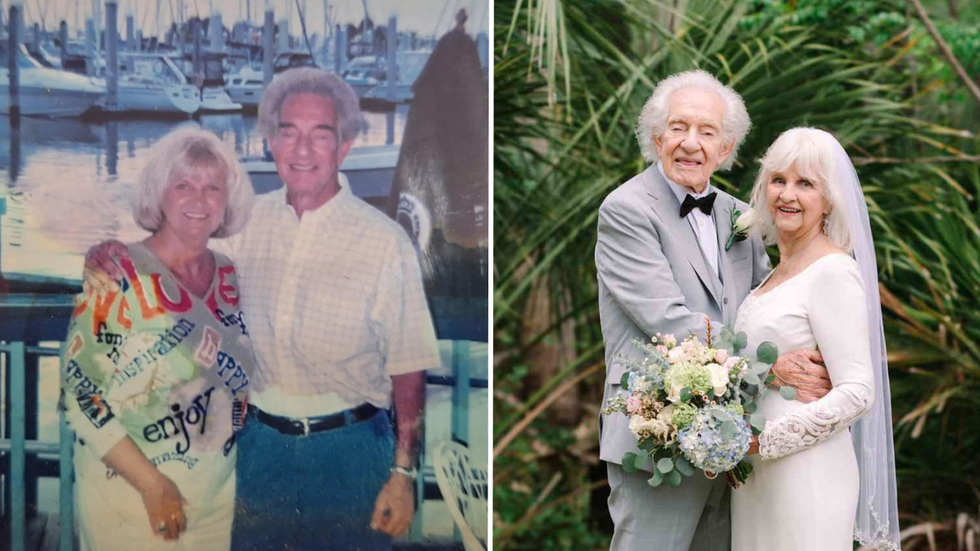
5 Simple Ways to Practice Mindfulness in Daily Life
If practiced regularly, mindfulness meditation can be a pathway to greater peace, balance, and focus that helps us in everything we do.
However, despite the amazing benefits, it can be very difficult to stick to a consistent meditation practice. With how busy we are each day it can sometimes seem impossible to find even a single moment to rest and relax.
But there’s good news. Mindfulness isn’t restricted to the meditation cushion. You can practice mindfulness anywhere and while doing virtually anything, so it naturally lends itself to a busy lifestyle. Plus, there are a ton of interesting and creative ways you can practice as you go about your day.
It’s all about finding your unique, simple practice to bring a little more mindfulness into your day as you’re on the go. To that end, I hope these five simple ways to practice mindfulness serve you in your daily life.
5 Simple Ways to Practice Mindfulness in Daily Life
Mindfulness is about being fully awake in our lives. It is about perceiving the exquisite vividness of each moment.– Jon Kabat-Zinn
1. Walking
Mindful walking is one of the most common of mindfulness practices as opportunities to practice it are countless in a given day. Specifically, you can walk mindfully while:
- Walking to and from your car (to wherever you’re going)
- Taking out the trash
- Grabbing the mail
- Going to the store
- Any other short walks such as this, particularly the kind you do repeatedly at least a few times each week
There are countless opportunities to practice mindful walking in daily life. If this practice interests you most out of the five, I’d suggest picking one or two of the above short walks and stick to them as your go-to practice to help build the habit.
2. Arriving
Arriving is a simple technique used each time you transition from one place to another. When you arrive somewhere fully with mind and body you become more present, whether that’s entering work in the morning, the store, or a meeting, and this allows you to greet what challenges are in front of you more effectively.
To practice arriving:
- Leave: As you approach a door or entry way, be mindful of the fact that you're leaving this area (“I am leaving home/outside/my car”).
- Enter: Be aware as you open the door or walk through the doorway. Be conscious of the fact that you're leaving this area and entering the other.
- Arrive: Once you've entered, be mindful of the fact that you've just left the previous area and are now fully in this new area. Notice what sounds or sensations arise in you. Know that you've arrived and are present for whatever may come.
3. Checking in
Checking in is a simple practice which involves becoming mindful of what’s going on in your body and mind a few times throughout the day.
To practice checking in, simply stop wherever you are and turn your attention to the physical body. Notice whatever arises and be with it even if it’s only for a few seconds.
This includes:
- Body: Aches and pains; fatigue or wakefulness; hot or coldness; and specific sensations including the breath.
- Mind: Thoughts, feelings, and sensations that arise within the mind.
Whether you're sitting in a lobby, waiting to be called at the Dr.'s office, sitting in your car at a red light, or taking your lunch break at work you can stop, turn your attention to your mind, body, and breathing, and be mindful. This has several benefits, but most importantly allows you to train yourself to be mindful throughout your daily life.
4. Eating
Because we eat several times a day and on a somewhat set schedule, the ritual of eating makes for an ideal mindfulness practice. Plus, the act of eating itself perfectly lends to mindfulness practice because of the influx of sensations we experience when eating from the aroma to the textures and tastes.
To eat mindfully, simply:
- Pause: Take a moment before eating to notice the aroma, visual appeal, and even texture of the food. Savor the various sensations which accompany your meal. This short moment will help your awareness open up so that you become more fully present to the act of eating.
- Eat: Be mindful of the lifting of your hand/fork/spoon and the act of chewing the food itself. Pay close attention to each flavor in your mouth and notice how the food feels and smells as you eat it. As your primary point of (light) concentration during mindful eating, be fully present for the act of chewing.
- Acknowledge: When thoughts, feelings, or sensations arise notice them. After you’ve done so allow them to pass as if they were floating by on a cloud.
- Repeat: Bring your focus back to the act of chewing when you lose your concentration.
5. Driving
When we drive, we tend to zone out. We either reflect on what we were just doing, what we’re about to do, or something else entirely. Rarely do we drive with any presence. And this is unfortunate because the act of driving is a great mindfulness practice. Why? Because it’s one of the only times during the day when we get a moment of relative silence in between the chaos.
To practice mindful driving:
- Concentrate on your hands: While driving, be mindful of your hands on the steering wheel. The little "micro" turns you make to stabilize the steering wheel while driving are perfect for mindfulness practice because they’re constant.
- Maintain an open awareness: While driving, things such as passing cars and street signs will pull your attention away. Notice them consciously and then simply shift back to your object of concentration. Do this as many times as is necessary for however long you decide to practice (even a minute is fine in the beginning).
- Acknowledge openly: Acknowledge what that arises in your mind and body while being mindful (nonjudgmentally).
It's so easy to practice mindful driving, and when you're driving, what better to do?
With any of these five simple practices, you have the ability to be more mindful as you go about your daily life. No matter which you choose to be your go-to practice (or practices), let mindfulness become a part of your daily life and see what a little more presence and intention can do.

































